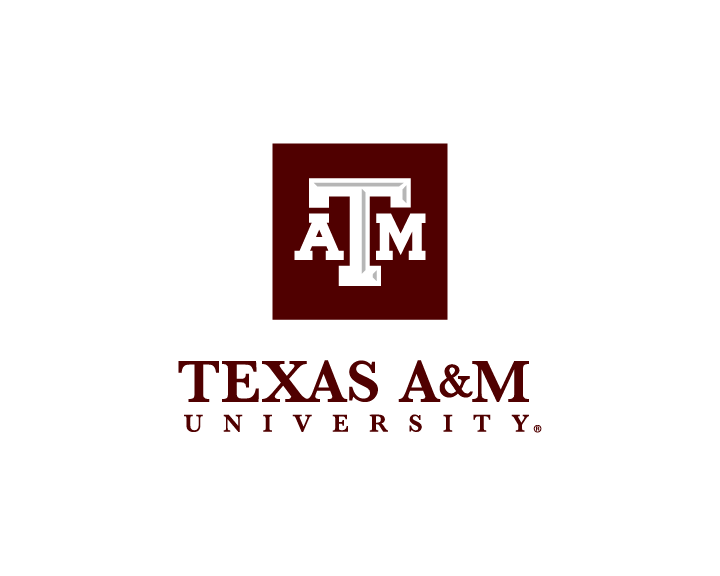Texas A&M: Texas A&M Institute For Neuroscience Receives $1.25 Million NIH Training Grant
The Texas A&M University Institute for Neuroscience (TAMIN) has received a five-year, $1.25 million grant from the National Institutes of Health (NIH) to build a comprehensive student training and research program aimed at promoting diversity efforts across the neuroscience community and broader campus.
The proposal, titled “Cultivating a Sustainable Neuroscience Research-Intensive Community to Build Equity” and funded through the NIH’s National Institute of Mental Health, outlines a multidisciplinary effort led by faculty in five academic departments that will expand upon TAMIN’s recent success in replacing the traditional one-on-one research mentoring model with a team-based approach centered on assets and leadership.
“Scarcities in research opportunities and faculty mentoring has disparate impacts on recruitment, selection and retention in research labs,” said Texas A&M biologist and TAMIN Chair Michael Smotherman. “These are not manifestations of an unmet need to remediate deficits of underrepresented students, but an unmet need for a new research education model.”
Smotherman, who serves as co-principal investigator on the grant along with the Department of Veterinary Physiology and Pharmacology’s Christopher Quick, describes the award as a big step toward building up all of the university’s neuroscience programs that will be helpful in growing Texas A&M’s overall postdoctoral community in neuroscience.
“Our goal is to create a self-sustaining research-driven ecosystem that removes economic, institutional and cultural barriers to undergraduate research opportunities while providing graduate and postdoctoral students with the professional leadership skills they need to succeed in academia and cultivating a diverse, multi-level research community dedicated to the success of its members,” Smotherman said.
Smotherman points to TAMIN’s own success since its 2009 founding as a joint partnership between Texas A&M University and the Texas A&M Health Science Center as evidence that the team’s proposal has significant merit. For more than a decade, TAMIN’s success has hinged on a complex system that relies on the collaboration, cooperation and collegiality of dozens of scientists studying different areas of neuroscience across eight colleges (Agriculture and Life Sciences, Architecture, Education and Human Development, Engineering, Liberal Arts, Medicine, Science, and Veterinary Medicine and Biomedical Sciences).
In the novel NIH-funded venture, Smotherman and Quick will team with co-investigators Marissa Cisneros (Department of Veterinary Physiology and Pharmacology), Daniel Howard (Department of Psychological & Brain Sciences) and Peter Nghiem and C. Jane Welsh (Department of Veterinary Integrative Biosciences) to achieve three specific aims:
structure a community-based, large-scale Neuroscience Undergraduate Research Program that unlocks access to TAMIN labs;
create a Neuroscience Research Leadership Program to prepare graduate students in TAMIN labs to lead diverse research teams and teach inclusive course-based undergraduate research experiences; and
create a Neuroscience Research Directors Program to prepare postdoctoral scholars to lead diverse research labs and direct research education programs that build equity
“By integrating courses, research experiences and mentoring, overlapping leadership-based programs cross boundaries that segregate scholars at different career stages,” Smotherman said. “The result will be an organic transition of an underrepresented undergraduate who has not yet committed to a research career, to a faculty member who leads diverse research labs and administers research education programs.”
In 2016, this model became the basis of the nation’s first Biomedical Research Certificate (BRC) Program at Texas A&M that features vertically-integrated, course-based, undergraduate research experiences that span students’ freshman to senior years. The same model also became the basis of the Aggie Research Program (ARP) at Texas A&M in which graduate students who are seeking leadership opportunities and support to sustain their research projects act as team leaders who cultivate diverse teams of undergraduates seeking research opportunities. These team leaders form a diverse, multi-level, “community of practice” dedicated to producing both research and researchers.
Across all these programs and constituent groups, Smotherman says both the results and lasting lessons are clear.
“Within five years of implementation as an undergraduate biomedical research certificate program and as a graduate research leadership program, our model has proven to be scalable, sustainable and inclusive,” Smotherman said. “The resulting infrastructure supported more than 1,200 students in Academic Year 2019-2020, 41 percent of whom were underrepresented.”
Ultimately, the team anticipates a similarly self-sustaining enterprise within five years that is capable of training a cohort composed of no fewer than three postdoctoral students, 36 graduate students and 144 undergraduates per year. Long-term, they hope to radically expand access to research and research leadership opportunities through the complex yet simple act of integrating research experiences, high-impact courses and quality mentoring.
“The Texas A&M Institute for Neuroscience supports an interdisciplinary graduate training program that includes 32 federally-funded neuroscience research faculty and serves as the administrative hub of the new and rapidly growing undergraduate neuroscience major,” Smotherman said. “We have a unique opportunity here at Texas A&M to advance the careers of a diverse research workforce in neuroscience by creating a scalable partnership and an innovative training program that will integrate recruitment, mentoring, professional development and career transition from freshman to faculty, resulting in the empowerment of underrepresented change agents who, in turn, can propagate their own innovative equity-building neuroscience research-intensive communities across the nation.”

